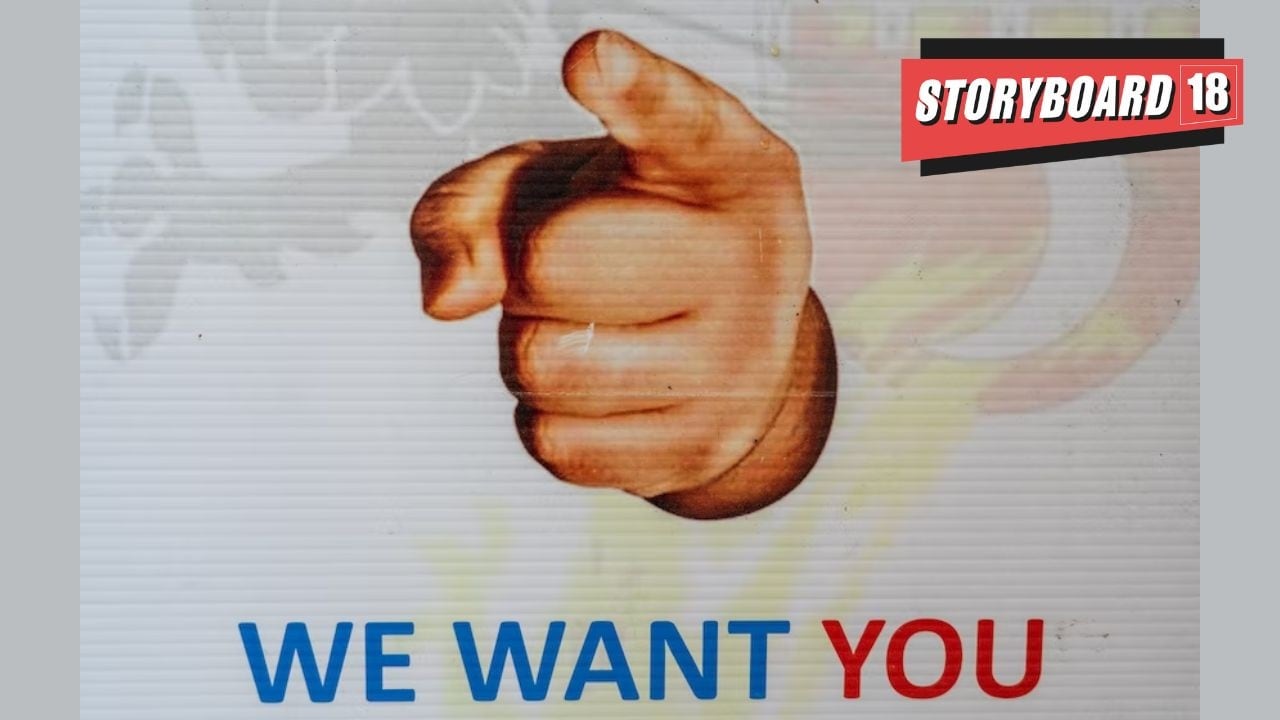Note to readers: Our latest column Marketing Mocktail breaks down and explains the big ideas, new disruptions and old concepts and marketing practices that matter in the modern age.
In an over communicated society, there is a surplus of brands and information. While there is a deficit of time and attention, the challenge is: how can brands continue engaging with consumers, because one-way marketing does not cut ice like it used to before.
Brand co-creation
Brand co-creation means getting the consumer to actively participate in the brand. It involves collaborating with consumers to create products, services, and content. It’s a step ahead of just listening to consumers, to create greater engagement and involvement.
When consumers realise that their brand is committed, embracing, and delivering the way they want, they are likely to be far more connected with the brand.
A paradigm shift
The old ‘command and control’ paradigm has now shifted to a ‘collaborate and co-create’ paradigm for marketers. Brands are using co-creation with their consumers as a meaningful way to build connections and relationships. Social media triggered and ignited this latent desire by providing a forum for ‘User Generated Content’ (UGC). Brands have now caught onto this.
Read more: Marketing Mocktail: The purpose of Brand Purpose explained!
Drivers of co-creation
The entire co-creation piece is driven by two key factors:
• The first, from a consumer point-of-view is that today’s consumers are ‘Prosumers’- consumers as producers, who desire to have a say in the brands they consume.
• Then, from the marketer’s point-of view, it is about two-way ‘Brand Conversations’ rather than one-way ‘Brand Propositions’.
A strategic tool
Co-creation needs to be embedded as a consistent, long-term strategy for brands and not just a one-off initiative, for it to yield transformational results.
Let’s discuss a few examples of co-creation and how brands have successfully deployed and adopted the idea in their marketing.
BabyChakra: co-created with Moms and Docs
This D2C baby care brand co-created its products with the community of moms and doctors on their parenting platform. They co-created ideas to make products that are clean, baby safe and effective. This resulted in many innovative ideas that were built into the products. Some of these were mosquito repellent patch, nasal decongestant patch and bamboo wipes for babies.
P&G’s ‘Connect & Develop’
‘Connect and Develop’ is an open-source platform of Procter & Gamble that has helped the company co-create several breakthrough product ideas for its brands. The platform involves an ecosystem of several external audiences, including customers.
In fact, around 40 percent of new product development comes from this initiative. For example, ‘Tide-to-Go’, an innovation that is a stain removing pen one can carry in their pocket or handbag, to remove stains on the go, was born out of the ‘Connect and Develop’ program. This program was launched in the year 2000 and is still going strong.
‘My Starbucks’
A website for consumers to contribute ideas to Starbucks for products and services. Consumers can track the progress of their ideas on the website and all feasible ideas are adopted. New coffee flavours, off-beat snacks and several service innovations have been the outcome of this. On an average, around 30,000 ideas are submitted and around 20 of these ideas are implemented every year. This initiative has been running for the past 15 years.
Read More: Marketing Mocktail: Brand as rubber band- brand extensions explained!
GoPro Cameras: YouTube channel
A collaboration with YouTube, where customers post their videos recorded using GoPro. The entire content for the brand is totally user generated. Their mantra is ‘Don’t tell it. Share it.’ Nicholas Woodman, Gopro founder and chief executive officer says, “It’s our customers’ fascinating content that makes the GoPro channel on YouTube so engaging. There is no script for the fantastic stories our customers are capturing and sharing every day.”
Glossier: The 4C’s
Glossier, a relatively new make-up and beauty brand launched in the US in 2014, is giving a run for money to the established giants and has acquired cult status among millennials. The Glossier brand has been built on 4-C’s: content, conversation, co-creation, and community. Before it became a brand, it started as a beauty blog by its founder Emily Weiss, where women exchanged ideas around beauty and make-up.
Based on inputs from readers, Emily decided to co-create products that were based on unaddressed pain-points and unmet needs, where traditional brands were letting them down. The brand idea of Glossier is ‘Beauty products inspired by real life’, built around a ‘people-powered beauty ecosystem’.
Co-creation is a way of transferring brand ownership to consumers, where the company owns the brand commercially, while consumers own the brand emotionally.
The consumer is saying, “I create therefore I buy.” Are brands listening?
Anand Narasimha is a corporate turned academician with over three decades of experience spanning Brand Marketing, Advertising, Consulting, and Teaching. He writes the column Marketing Mocktail for Storyboard18. Views expressed are personal.
